How to Grow Cleome (Spider Flower)
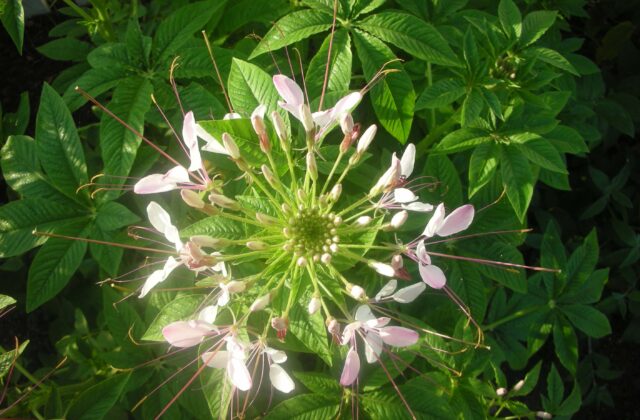
Introduction
Cleome, commonly known as the Spider Flower, is an annual plant that adds elegance to any garden landscape. For those looking to grow Cleome in their own gardens, rest assured that this plant thrives in a variety of conditions. From full sun to partial shade, and is adaptable to various soil types. Belonging to the Cleomaceae family, this resilient flowering plant is cherished for its unique appearance, characterized by long, slender stems adorned with clusters of delicate, spider-like blooms. With its vibrant hues ranging from white and pink to lavender and deep purple, Cleome effortlessly captivates the attention of both seasoned gardeners and novices alike. Whether planted in beds, borders, or containers, Cleome’s graceful silhouette and eye-catching flowers bring a sense of charm and allure to outdoor spaces.
With proper care and maintenance, Cleome can flourish and bloom abundantly throughout the growing season, attracting pollinators such as bees and butterflies to the garden. Whether you’re seeking to create a vibrant floral display or simply add a touch of whimsy to your outdoor oasis, incorporating Cleome into your landscape is sure to elevate its beauty and enchantment. So, roll up your sleeves, get your gardening tools ready, and let the magic of Cleome transform your outdoor space into a haven of natural splendor. Grow Cleome, and watch as your garden blossoms with charm and grace.
Different Cleome Varieties
There is a diverse range of varieties for gardeners:
- Cleome Hassleriana, also known as the spider flower, is a beloved annual with delicate clusters of pink, purple, or white flowers, adding a touch of elegance to any garden.
- On the other hand, Cleome Spinosa, or prickly spiderflower, boasts spiky seed pods and vibrant pink or purple blooms, bringing a unique texture to the landscape.
- As for Cleome Gynandra, also known as African cabbage, it provides not only ornamental value with its small white or pink flowers but also a culinary appeal with its edible nature.
- Lastly, Cleome Serrulata, the Rocky Mountain bee plant, stands out with its attractive pale pink to lavender flowers and is adaptable to a wide range of habitats, making it a versatile choice for various gardening environments.
- Cleome ‘Senorita Rosalita’: A compact hybrid variety with vibrant pink flowers and improved heat tolerance, making it ideal for containers and smaller garden spaces.
- Cleome ‘Sparkler Mix’: This variety offers a mix of colors, including shades of pink, white, and lavender, creating a dazzling display of blooms that lasts throughout the summer season.
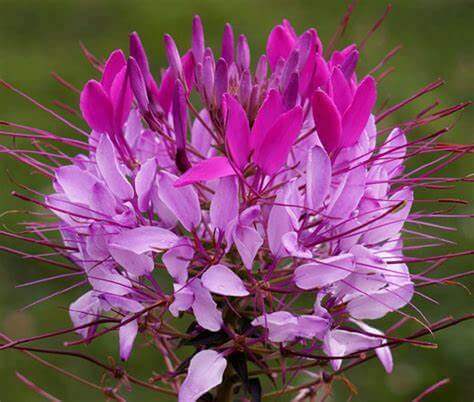
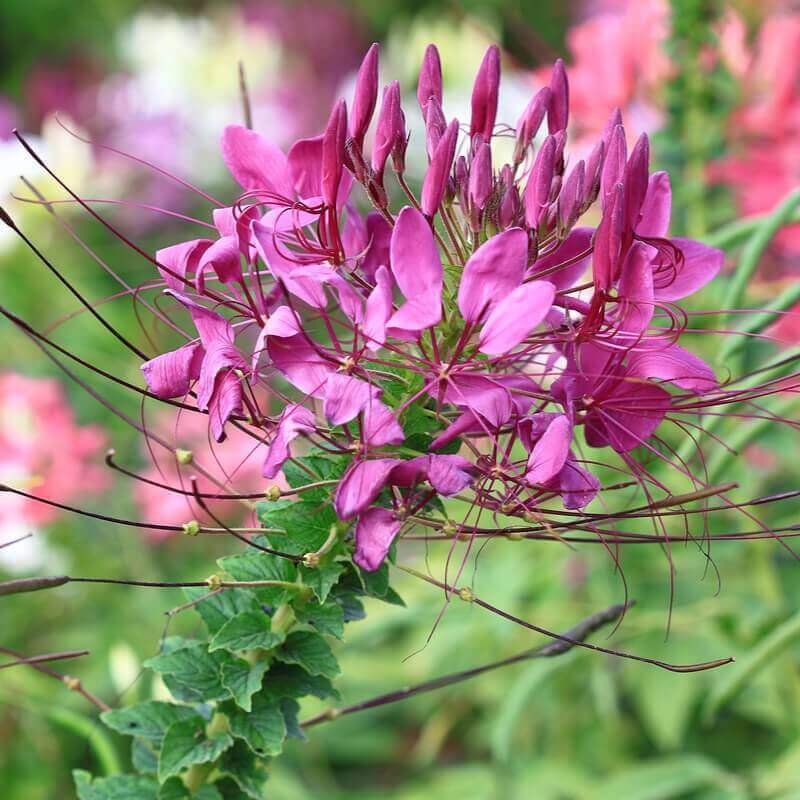
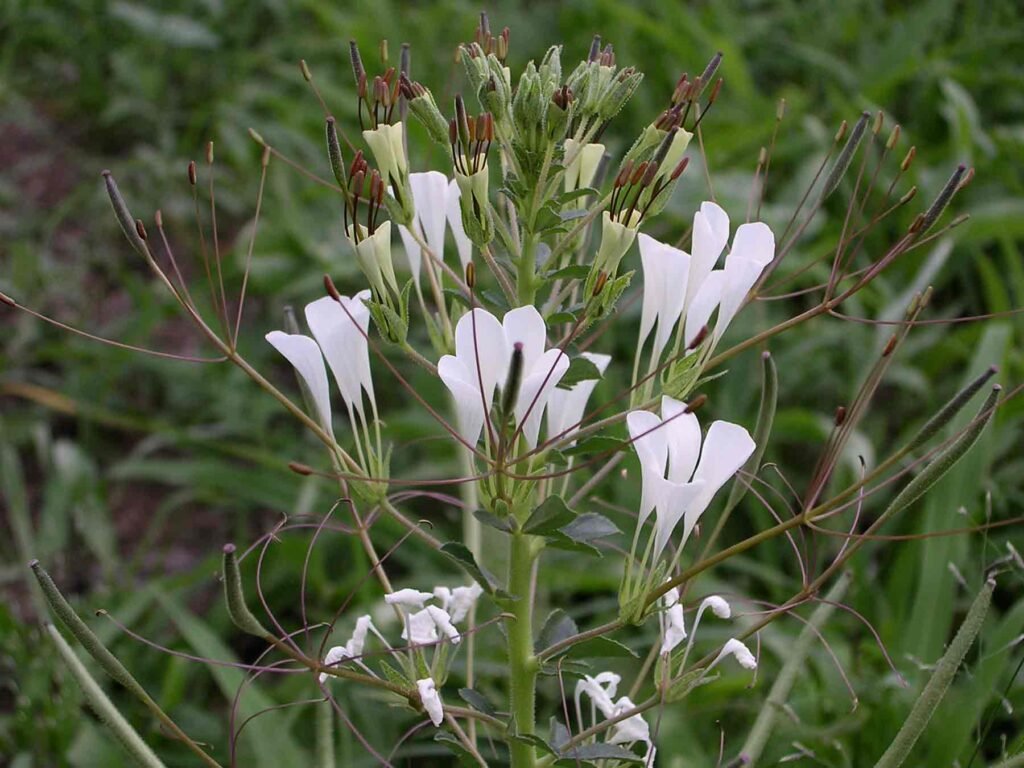
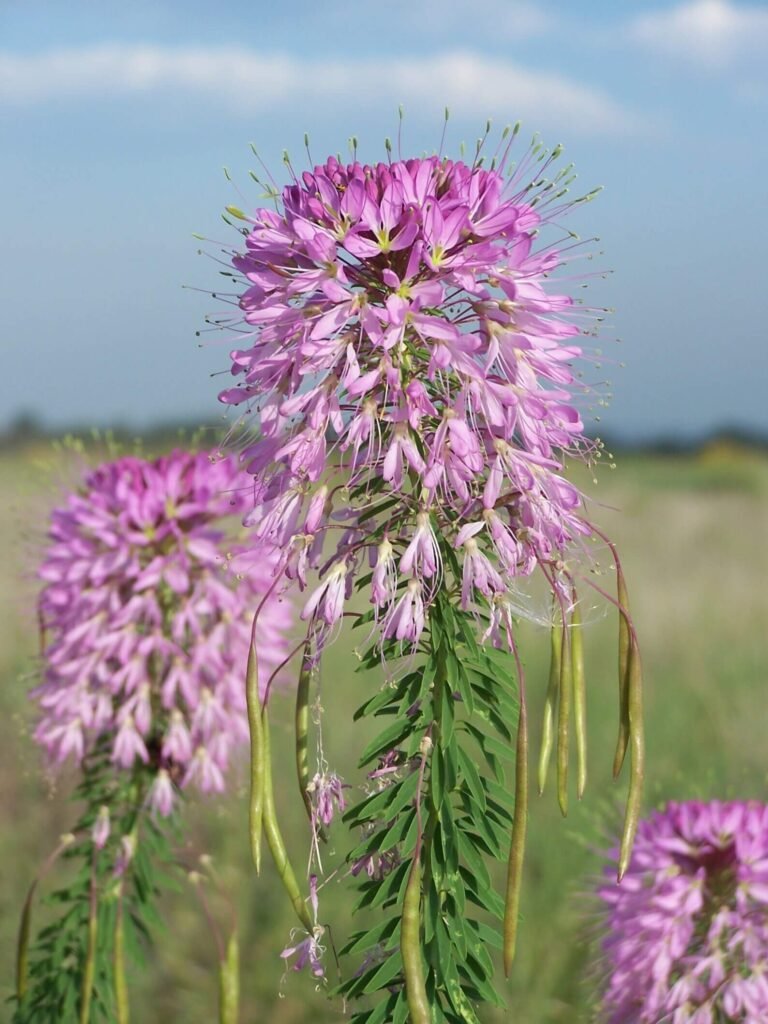
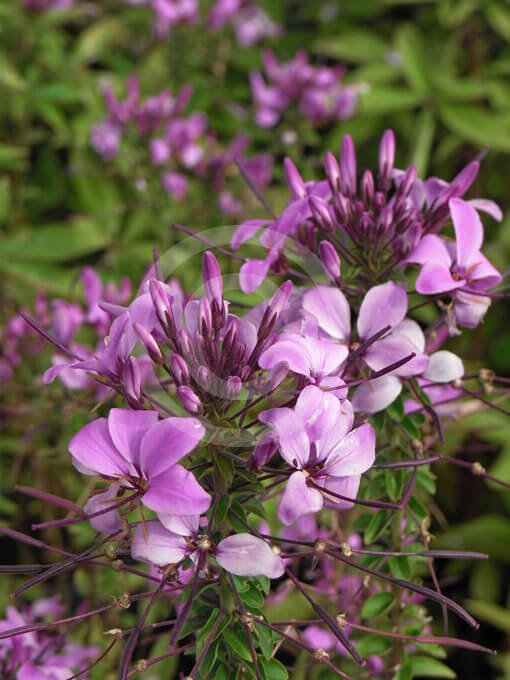
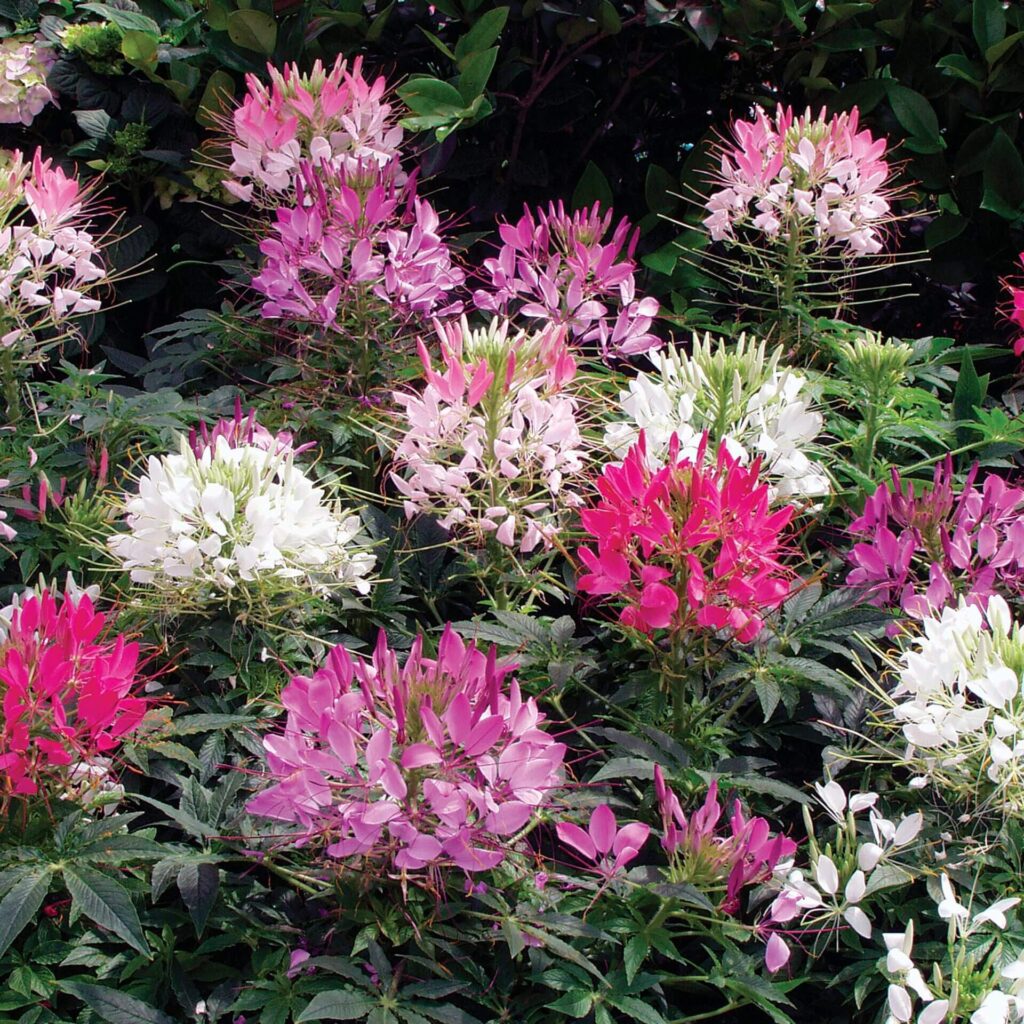
Whether you prefer the classic appeal of Cleome hassleriana or the compact size and vibrant colors of hybrid varieties like ‘Senorita Rosalita’ and ‘Sparkler Mix,’ there’s a Cleome variety suited to enhance any garden with its beauty and charm.
Choosing the Right Location
To grow cleome plants efficiently, it’s essential to select a sun-drenched location, ensuring they receive 6 to 8 hours of direct sunlight each day. Additionally, opting for well-draining soil is crucial to prevent waterlogging, which can lead to root rot and other problems. For structural support and visual appeal, consider planting cleome near a fence or trellis, as their height may benefit from the assistance. It’s also important to avoid windy areas. Cleome plants have delicate stems that can be easily damaged in strong winds.
Understanding Sunlight Needs
Cleome, commonly known as spider flowers, thrive in sunny locations, relying on ample sunlight to blossom abundantly and retain their vivid hues. It’s important to carefully assess the chosen spot for your cleome, making sure it basks in consistent sunlight without any hindrances like shadows or tall structures. Without adequate sunlight, cleome plants may exhibit spindly growth and diminished flowering, underscoring the necessity of providing them with optimal sun exposure. In colder regions, planting cleome in south-facing areas can optimize their access to sunlight and warmth, fostering their growth and overall health.
Considering Soil Conditions and Drainage
To grow cleome successfully, it’s crucial to carefully assess the soil in the chosen location. Well-draining soil is essential to prevent water accumulation around the roots, which can potentially lead to root diseases. To grow cleome, loamy soil with good organic content promotes healthy root development and overall plant vitality. Incorporating organic matter such as compost into the soil serves to improve drainage and fertility, creating the optimal growing environment for your cleome plants. It’s important to steer clear of waterlogged or compacted soils, as they can hinder root growth and lead to stunted development in your beautiful cleome plants.
Planting and Watering Tips
When learning to grow Cleome, or spider flowers, it’s crucial to select a sun-drenched location with well-drained soil to ensure optimal growth. These stunning flowers thrive in full sunlight, so it’s important to provide them with the necessary light to blossom abundantly. Additionally, regular watering is essential to keep the soil consistently moist without waterlogging, promoting healthy growth and vibrant blooms. For a head start in growing these beautiful flowers, consider starting Cleome from seeds indoors before the last frost date, or opt for transplants to kickstart the process. To create a favorable environment for growth, mulch around the base of the Cleome plants to retain moisture and suppress weed growth, allowing them to flourish beautifully.
Starting from Seeds or Transplants
When starting to grow Cleome from seeds, it’s best to sow them directly into the garden bed once all danger of frost has passed, as they don’t transplant well. If you opt for transplants, be sure to gently loosen the root ball before planting them in prepared soil, allowing sufficient spacing between each plant for proper air circulation. After planting seeds or transplants, it’s crucial to provide consistent watering to establish strong root systems and encourage vigorous growth in the initial stages. Also, protecting young seedlings from harsh sun exposure and strong winds is essential, which can be done by providing temporary shade or using row covers until they are more established. This careful approach sets the stage for healthy, thriving Cleome plants in your garden.
Maintaining Adequate Moisture Levels
To ensure the optimal growth of your Cleome plants, it’s essential to monitor the soil moisture levels consistently. You can do this by gently inserting your finger into the soil; if it feels dry at a depth of about an inch, it’s time to water the plants. When watering, apply water at the base of the plants in the morning, allowing the foliage to dry during daylight hours, which helps reduce the risk of fungal diseases. During hot and dry periods, it’s crucial to increase the frequency of watering to ensure that the Cleome plants receive sufficient moisture to support their vibrant blooms and lush foliage. To avoid leaf spot diseases, refrain from using overhead watering methods and opt for soaker hoses or drip irrigation to deliver water directly to the root zone, ensuring the overall health and vitality of your stunning Cleome plants.
Maintenance and Care
Regular deadheading of spent flowers is a key practice that not only encourages continuous blooming but also keeps the cleome plants looking tidy. Because these plants thrive in well-draining soil, it’s crucial to avoid overwatering to prevent the onset of root rot, ensuring their health and vitality. Mulching around cleome plants is highly beneficial as it helps retain moisture, suppresses weeds, and maintains a consistent soil temperature, providing an optimal environment for growth. Additionally, inspecting the plants regularly for signs of pests or disease is crucial for early detection and effective treatment, safeguarding the stunning cleome plants from potential harm.
Pruning for Health and Aesthetics
Removing spent flower heads and leggy stems is a beneficial practice, as it not only promotes new growth but also enhances the overall appearance of the cleome plant. Additionally, trimming back one-third of the plant’s height in midsummer can prevent flopping and encourage bushier growth, creating a more robust and attractive display in the garden. It’s also essential to prune any yellowing or diseased foliage to maintain plant health and prevent the spread of infections within the garden. Regularly sanitizing pruning tools with rubbing alcohol further helps prevent the transmission of diseases between plants during pruning, ensuring the overall well-being of your cleome plants.
Fertilization and Pest Control
Applying a balanced fertilizer in early spring is a crucial step in providing essential nutrients for robust cleome growth and profuse flowering. This proactive approach ensures that the plants have the necessary resources to thrive and produce stunning blooms throughout the season. Additionally, opting for organic pest control methods, such as introducing beneficial insects like ladybugs, can effectively manage aphid infestations on cleome plants, safeguarding their health and vitality. Moreover, it’s important to avoid excessive use of nitrogen-rich fertilizers, as this can reduce the attractiveness of cleome plants to pests like spider mites and aphids, contributing to a more balanced and resilient garden ecosystem. To further enhance pest management, utilizing neem oil spray serves as an eco-friendly solution to control common pests like whiteflies while also protecting the population of beneficial insects in the garden, thus maintaining a natural balance and promoting overall plant health.
Harvesting and Seed Saving
To ensure the maximum freshness and longevity of your cleome flowers, it’s best to harvest them early in the morning when the dew has dried. When it comes to collecting cleome seeds, patience is key – wait until the seed pods are brown and dry before harvesting to ensure their maturity and viability. After the harvest, it’s important to store cleome seeds in a cool, dry place to maintain their quality for future planting seasons. Additionally, to save cleome seeds for the next planting cycle, allow the pods to fully mature on the plant before carefully removing them and storing them in a breathable container. These practices will help you preserve the quality and viability of your cleome seeds for successful future plantings.
Timing for Harvesting
When it comes to harvesting cleome flowers, timing is crucial for preserving their freshness and longevity. The best time to harvest these stunning blooms is when they are in full bloom, ideally early in the morning before the heat of the day causes them to wilt. However, it’s important to avoid harvesting them during rainy or overly humid days, as these conditions can compromise their quality. Similarly, for seed harvesting, it’s recommended to wait until late summer or early fall when the seed pods have turned brown and crispy on the plant. This ensures the maturity and viability of the seeds for successful seed saving, preventing loss and ensuring a bountiful harvest for future plantings.
Tips for Successful Seed Saving
When saving cleome seeds, it’s important to label the storage containers with the date of collection and any relevant details to track their viability. Keeping stored cleome seeds away from moisture and extreme temperatures is crucial to maintain their germination potential. Additionally, inspecting stored cleome seeds periodically for signs of mold or pests is essential. Discard any compromised seeds to preserve quality. Moreover, considering sharing saved cleome seeds with other gardeners or participating in seed exchange programs can promote biodiversity and community engagement, contributing to a more vibrant and connected gardening community.
Conclusion
In conclusion, when learning to grow cleome (spider flowers), choosing the right location with adequate sunlight and considering soil conditions and drainage is crucial for their thriving. Whether starting from seeds or transplants, maintaining adequate moisture levels and ensuring proper pruning, fertilization, and pest control practices are essential for their health and vitality. Harvesting and saving cleome seeds require careful timing and storage to maintain their quality for future plantings. By following these tips and practices, you can enjoy the beauty of cleome blooms while contributing to a vibrant and connected gardening community. Happy gardening!
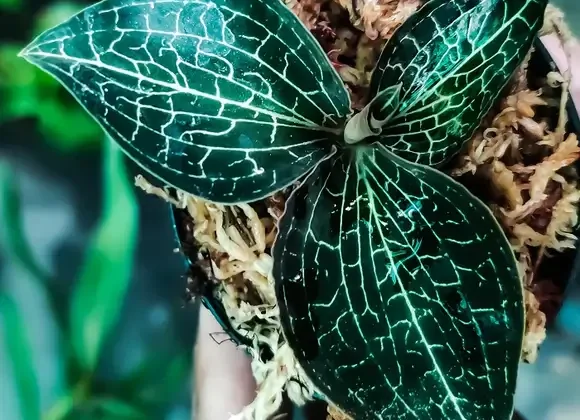
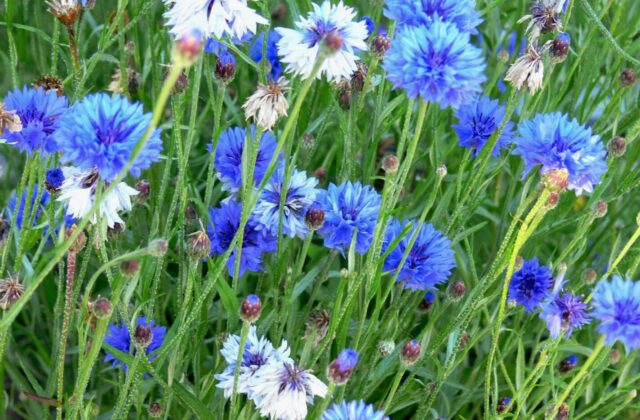

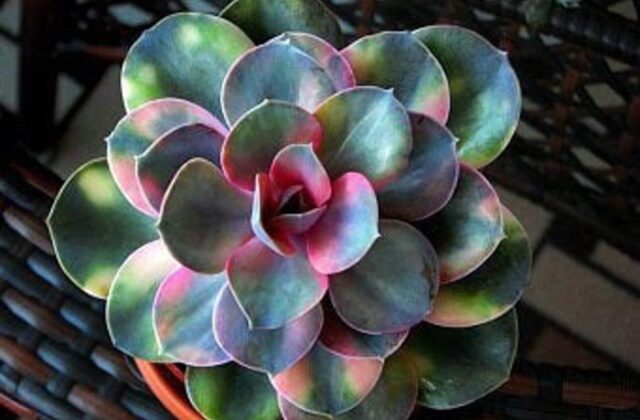
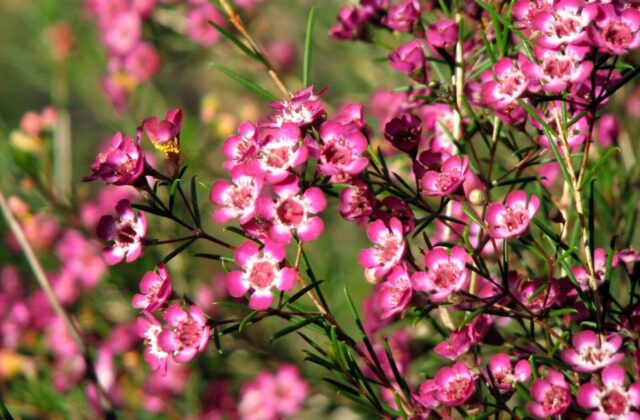
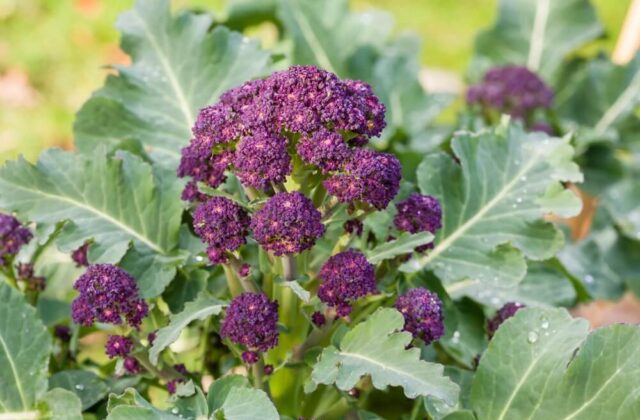
86 comments
Very interesting topic, regards for putting up.
child teen porn
certainly like your web-site but you have to check the spelling on several of your posts. Several of them are rife with spelling issues and I find it very bothersome to tell the truth nevertheless I’ll surely come back again.
Outstanding post, I believe website owners should learn a lot from this blog its really user pleasant.
Well I truly liked studying it. This information provided by you is very useful for good planning.
hi!,I really like your writing very so much! proportion we communicate extra about your post on AOL? I need a specialist on this house to resolve my problem. May be that’s you! Looking forward to look you.
What is Zen Cortex? ZenCortex is not just another drop in the ocean of dietary supplements; it’s a formulated concoction designed with a clear aim: to enhance auditory health and cognitive functions.
I besides think thence, perfectly written post! .
I have not checked in here for some time as I thought it was getting boring, but the last several posts are great quality so I guess I’ll add you back to my everyday bloglist. You deserve it my friend 🙂
As I website possessor I conceive the subject material here is very superb, appreciate it for your efforts.
I conceive this site has got some rattling fantastic information for everyone :D. “Anybody who watches three games of football in a row should be declared brain dead.” by Erma Bombeck.
Hello my friend! I want to say that this post is amazing, great written and come with almost all significant infos. I’d like to look more posts like this .
Some genuinely prize articles on this web site, saved to bookmarks.
Simply a smiling visitor here to share the love (:, btw outstanding style.
As I website possessor I believe the subject matter here is rattling great, regards for your efforts.
What i don’t understood is in fact how you’re no longer actually much more neatly-liked than you may be now. You’re very intelligent. You realize thus considerably relating to this matter, produced me for my part imagine it from a lot of numerous angles. Its like men and women are not fascinated unless it¦s one thing to do with Lady gaga! Your own stuffs excellent. All the time maintain it up!
Thankyou for helping out, wonderful info .
Excellent blog here! Also your web site loads up fast! What host are you using? Can I get your affiliate link to your host? I wish my site loaded up as fast as yours lol
I¦ll immediately grab your rss feed as I can not to find your email subscription hyperlink or newsletter service. Do you have any? Kindly permit me know in order that I could subscribe. Thanks.
Your style is so unique compared to many other people. Thank you for publishing when you have the opportunity,Guess I will just make this bookmarked.2
Pretty nice post. I simply stumbled upon your blog and wanted to mention that I’ve really enjoyed surfing around your blog posts. After all I will be subscribing for your rss feed and I’m hoping you write once more very soon!
I do enjoy the manner in which you have framed this concern and it does indeed give us a lot of fodder for consideration. However, from everything that I have observed, I simply just trust as the comments pile on that folks stay on issue and in no way embark upon a soap box involving the news of the day. Anyway, thank you for this excellent point and although I can not necessarily agree with this in totality, I value your point of view.
I think you have remarked some very interesting points, regards for the post.
I really appreciate this post. I have been looking all over for this! Thank goodness I found it on Bing. You have made my day! Thank you again
tipobet porn
As soon as I observed this site I went on reddit to share some of the love with them.
wonderful publish, very informative. I wonder why the other specialists of this sector do not understand this. You should proceed your writing. I’m sure, you’ve a great readers’ base already!
Some times its a pain in the ass to read what blog owners wrote but this internet site is rattling user genial! .
I am glad to be a visitor of this unadulterated website! , thankyou for this rare info ! .
When I originally commented I clicked the -Notify me when new comments are added- checkbox and now each time a comment is added I get four emails with the same comment. Is there any way you can remove me from that service? Thanks!
Really nice style and design and excellent articles, nothing else we want : D.
Wow! Thank you! I continually needed to write on my blog something like that. Can I include a fragment of your post to my website?
Awsome post and right to the point. I don’t know if this is really the best place to ask but do you people have any ideea where to get some professional writers? Thank you 🙂
I don’t get why people claim v4 is easier to reason about The only thing that’s a bit easier is that the digit strings are shorter, but so what, you shouldn’t be memorizing your IP addresses anyway
Good way of describing, and nice article to get information regarding my presentation focus,which i am going to deliver in academy
Hi there this is somewhat of off topic but I was wondering if blogs use WYSIWYG editors or if you have to manually code with HTML. I’m starting a blog soon but have no coding experience so I wanted to get advice from someone with experience. Any help would be enormously appreciated!
obviously like your website however you have to test the spelling on quite a few of your posts. Many of them are rife with spelling problems and I in finding it very troublesome to tell the reality however I?¦ll certainly come back again.
I’d have to examine with you here. Which is not one thing I usually do! I take pleasure in reading a post that may make folks think. Additionally, thanks for permitting me to comment!
Very interesting information!Perfect just what I was searching for!
I’ll immediately grab your rss as I can’t to find your e-mail subscription hyperlink or newsletter service. Do you have any? Please let me know in order that I may subscribe. Thanks.
I’ve recently started a website, the info you provide on this web site has helped me greatly. Thank you for all of your time & work.
I am constantly thought about this, thanks for posting.
Greetings from Colorado! I’m bored to death at work so I decided to check out your website on my iphone during lunch break. I really like the information you present here and can’t wait to take a look when I get home. I’m amazed at how quick your blog loaded on my cell phone .. I’m not even using WIFI, just 3G .. Anyways, very good blog!
Useful info. Lucky me I discovered your web site unintentionally, and I am shocked why this accident didn’t took place in advance! I bookmarked it.
I am glad to be a visitant of this thoroughgoing weblog! , thanks for this rare information! .
Thanks for the good writeup. It actually was once a amusement account it. Glance complicated to far delivered agreeable from you! However, how can we keep in touch?
I have recently started a blog, the info you provide on this web site has helped me tremendously. Thanks for all of your time & work.
It’s really a great and useful piece of info. I am glad that you shared this helpful info with us. Please keep us up to date like this. Thanks for sharing.
This is really interesting, You’re a very skilled blogger. I’ve joined your feed and look forward to seeking more of your wonderful post. Also, I have shared your website in my social networks!
Hello, i think that i saw you visited my web site thus i came to “return the desire”.I am attempting to find issues to enhance my site!I guess its adequate to make use of some of your ideas!!
You should take part in a contest for one of the best blogs on the web. I will recommend this site!
Superb layout and design, but most of all, concise and helpful information. Great job, site admin. Take a look at my website 63U for some cool facts about Cosmetic Treatment.
I couldn’t resist commenting
lamerler olmez
lamerler olmez
This is very interesting, You are a very skilled blogger. I’ve joined your rss feed and look forward to seeking more of your magnificent post. Also, I’ve shared your site in my social networks!
Whats Taking place i am new to this, I stumbled upon this I’ve discovered It absolutely useful and it has helped me out loads. I’m hoping to give a contribution & help other users like its aided me. Great job.
This is quality work regarding the topic! I guess I’ll have to bookmark this page. See my website UQ8 for content about Advertising and I hope it gets your seal of approval, too!
I went over this web site and I think you have a lot of superb info, bookmarked (:.
Very interesting info !Perfect just what I was looking for!
You are my intake, I have few web logs and often run out from brand :). “No opera plot can be sensible, for people do not sing when they are feeling sensible.” by W. H. Auden.
Thanks a bunch for sharing this with all of us you actually know what you’re talking about! Bookmarked. Kindly also visit my website =). We could have a link exchange arrangement between us!
Wow! Thank you! I continuously needed to write on my blog something like that. Can I take a fragment of your post to my website?
Greetings! I’ve been reading your blog for a long time now and finally got the bravery to go ahead and give you a shout out from Dallas Texas! Just wanted to tell you keep up the great work!
WONDERFUL Post.thanks for share..more wait .. …
We are a group of volunteers and opening a new scheme in our community. Your site offered us with valuable info to work on. You’ve done a formidable job and our whole community will be grateful to you.
you might have an awesome weblog right here! would you like to make some invite posts on my weblog?
I cling on to listening to the news bulletin speak about getting free online grant applications so I have been looking around for the most excellent site to get one. Could you advise me please, where could i find some?
Hey very nice website!! Man .. Beautiful .. Amazing .. I’ll bookmark your blog and take the feeds also…I am happy to find a lot of useful information here in the post, we need develop more strategies in this regard, thanks for sharing. . . . . .
You have observed very interesting details! ps decent internet site.
Hello my loved one! I wish to say that this article is awesome, great written and come with almost all significant infos. I’d like to see extra posts like this.
Thank you for the sensible critique. Me and my neighbor were just preparing to do some research about this. We got a grab a book from our local library but I think I learned more from this post. I’m very glad to see such wonderful information being shared freely out there.
Hey very cool website!! Man .. Excellent .. Amazing .. I’ll bookmark your website and take the feeds also…I’m happy to find so many useful information here in the post, we need develop more strategies in this regard, thanks for sharing. . . . . .
I think this web site has very great composed subject matter content.
I enjoy your work, appreciate it for all the great blog posts.
It’s onerous to seek out knowledgeable individuals on this topic, but you sound like you already know what you’re talking about! Thanks
I simply couldn’t leave your site prior to suggesting that I extremely loved the usual information a person supply to your visitors? Is going to be back incessantly to check out new posts
Keep up the fantastic work! Kalorifer Sobası odun, kömür, pelet gibi yakıtlarla çalışan ve ısıtma işlevi gören bir soba türüdür. Kalorifer Sobası içindeki yakıtın yanmasıyla oluşan ısıyı doğrudan çevresine yayar ve aynı zamanda suyun ısınmasını sağlar.
child porn
I have recently started a web site, the information you offer on this website has helped me greatly. Thank you for all of your time & work.
Your article helped me a lot, is there any more related content? Thanks!
Your point of view caught my eye and was very interesting. Thanks. I have a question for you.
Wow, incredible blog layout! How long have you been blogging for? you make blogging look easy. The overall look of your web site is magnificent, as well as the content!
Very interesting details you have noted, appreciate it for putting up. “You can tell the ideas of a nation by it’s advertisements.” by Douglas South Wind.
Great work! This is the type of info that should be shared around the internet. Shame on the search engines for not positioning this post higher! Come on over and visit my website . Thanks =)